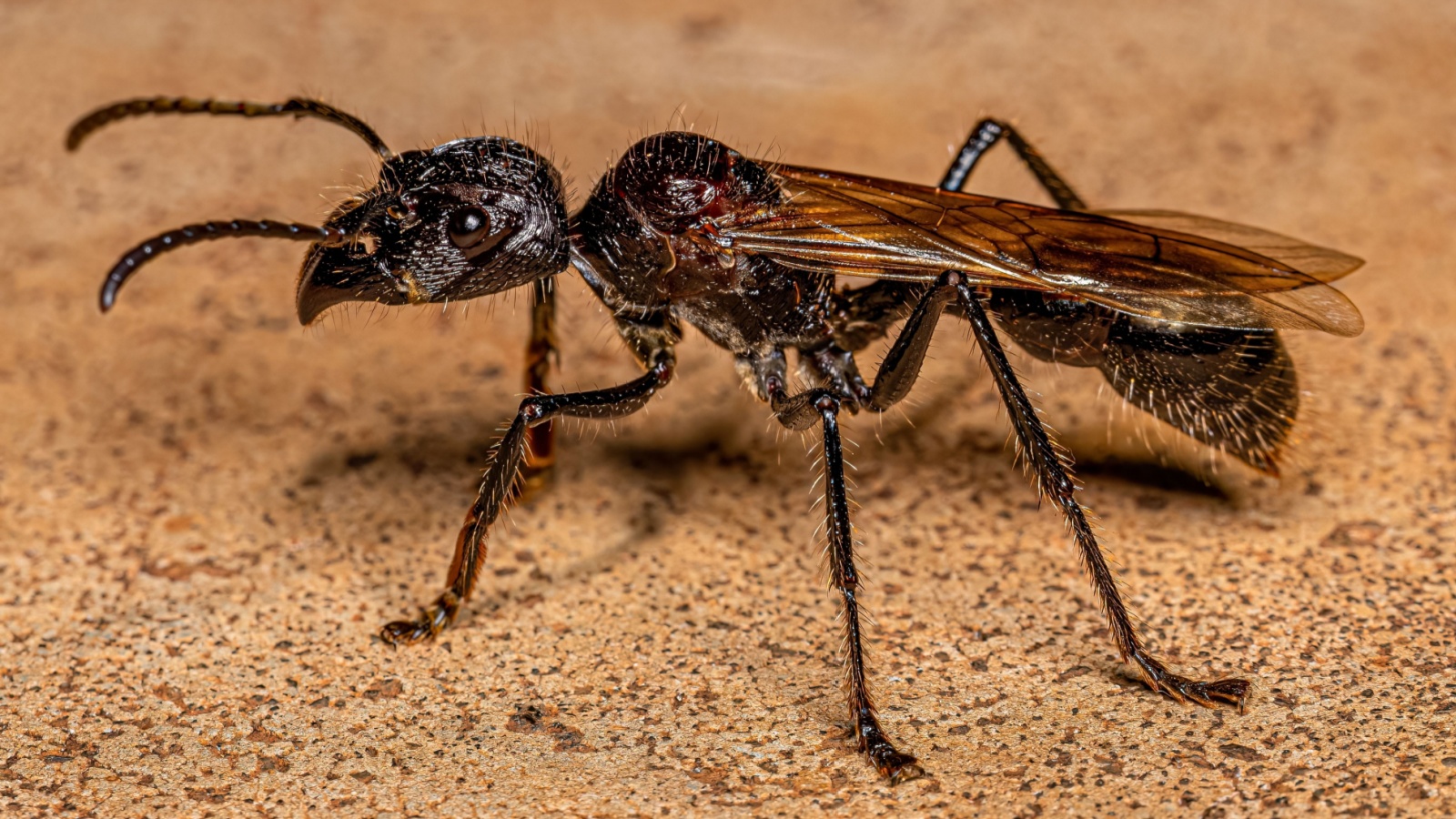Imagine an ant so fierce that its sting feels like being shot by a bullet. Welcome to the world of the bullet ant, a creature that packs a punch far beyond its size. While fascinating, these formidable insects are not a species I’d like to get up close and personal with.
The Pain Scale Champion
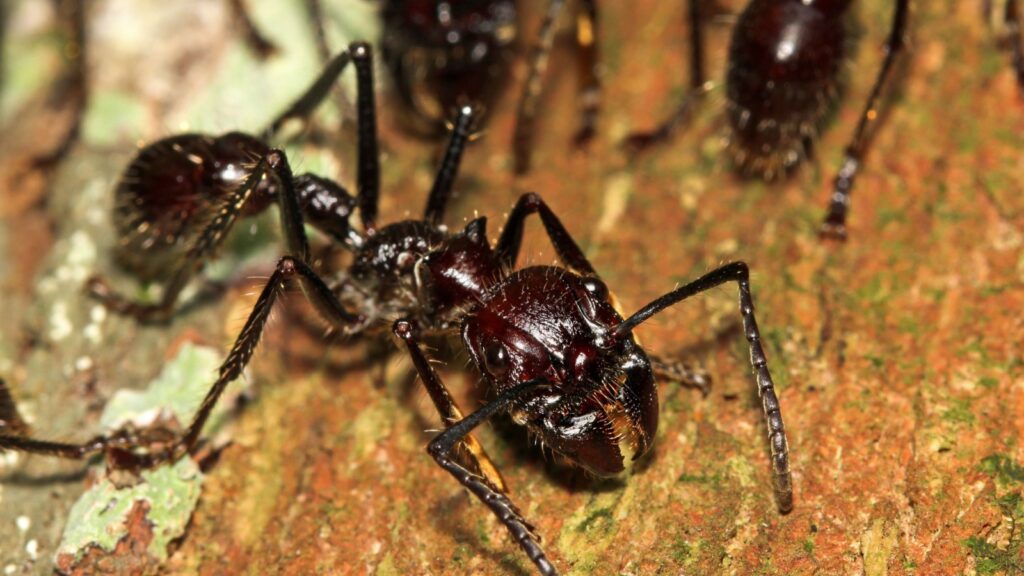
The bullet ant’s sting tops the Schmidt Pain Index, a scale that measures insect sting pain. It scores a solid 4 out of 4, outranking even tarantula hawks and warrior wasps. The pain is described as “pure, intense, brilliant pain” that can last up to 24 hours. Some victims report waves of burning, throbbing, and radiating pain that can cause temporary paralysis.
Size Doesn’t Matter
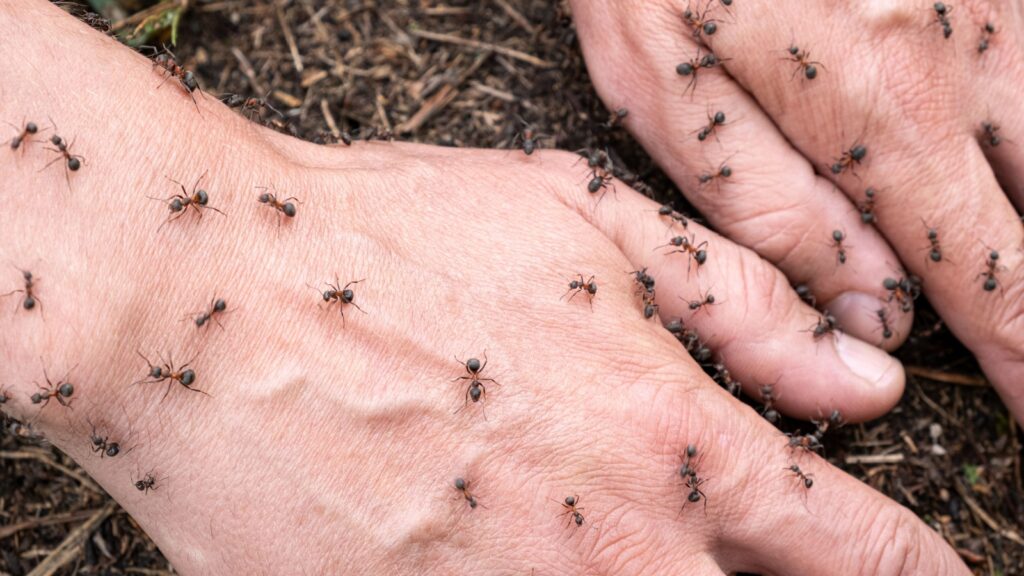
Despite their fearsome reputation, bullet ants aren’t particularly large. They typically measure between 18-30 millimeters (0.7-1.2 inches) in length. This makes them about the size of a paper clip. Their small size often leads people to underestimate them, which can be a painful mistake.
Home Sweet Rainforest

Bullet ants are native to the rainforests of Central and South America. They can be found from Nicaragua to Paraguay, thriving in the humid, tropical environments. These ants often build their nests at the bases of trees or in rotting logs on the forest floor.
A Sting of Many Names
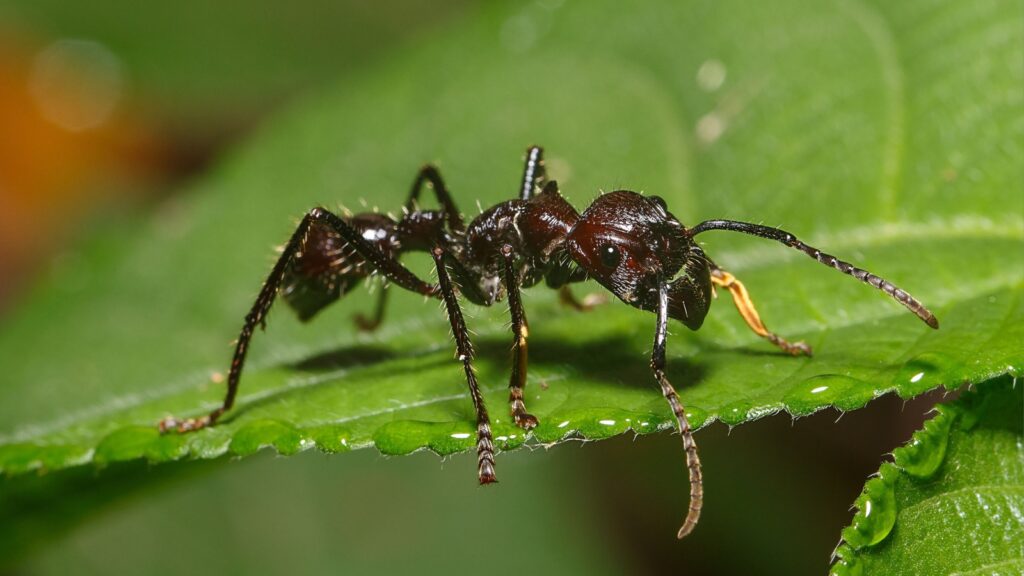
The bullet ant goes by several names, each hinting at its powerful sting. In Brazil, it’s called “formiga vinte e quatro” or “24-hour ant,” referring to how long the pain lasts. Some indigenous tribes call it “hormiga bala,” which translates to “bullet ant” in English. These names all speak to the ant’s infamous reputation.
Venom Composition

The bullet ant’s venom contains a unique peptide called poneratoxin. This neurotoxin affects the nervous system, causing intense pain and other symptoms. Interestingly, scientists are studying poneratoxin for potential medical applications, including as a natural painkiller.
Tribal Initiation Rites
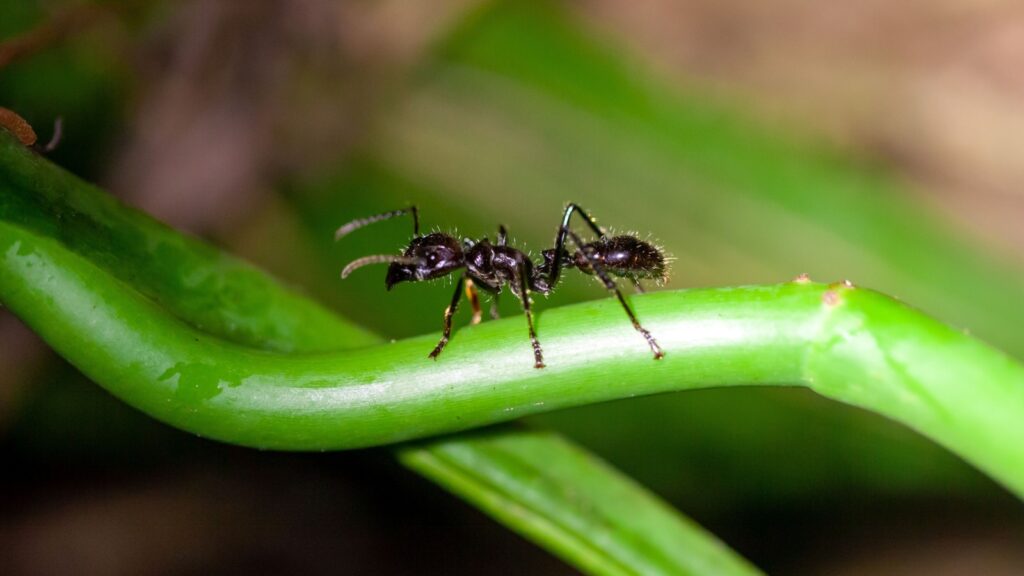
Some indigenous Amazonian tribes use bullet ants in coming-of-age rituals. Young men must wear gloves filled with bullet ants for ten minutes. To become a warrior, they must complete this ritual 20 times over several months. Imagine having to undergo such a ritual to prove you’re a mature member of the community!.
Not So Aggressive
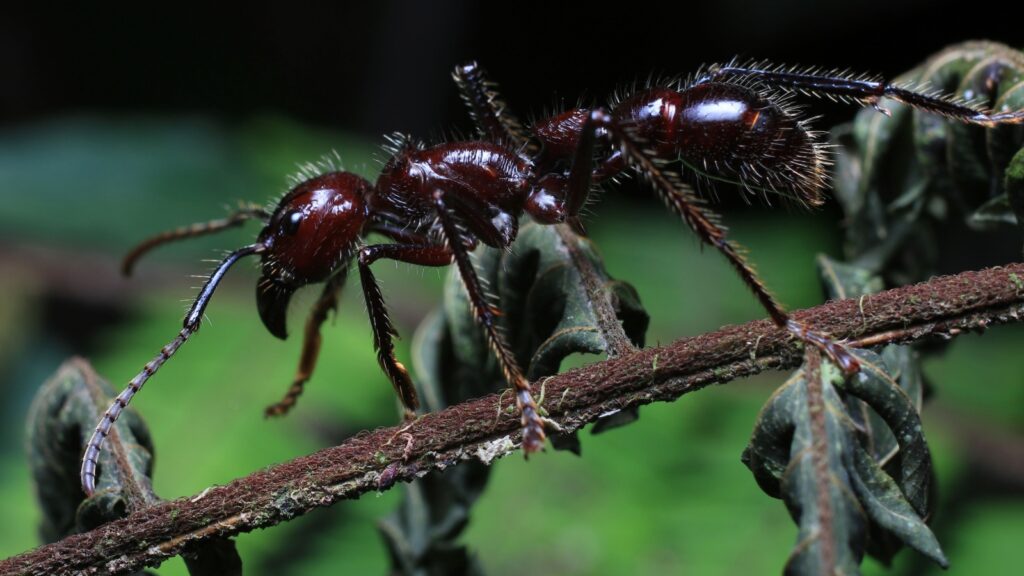
Despite their painful sting, bullet ants aren’t particularly aggressive. They typically only sting when threatened or when their nest is disturbed. In fact, they’re more likely to try to escape than to attack. However, their large colonies mean that accidentally stumbling upon a nest can result in multiple stings.
Excellent Eyesight
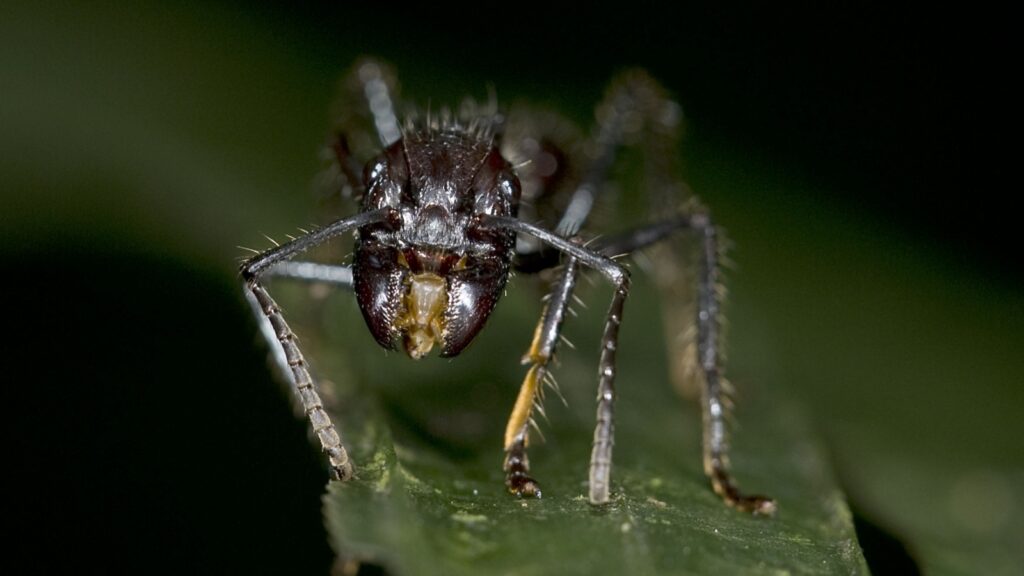
Bullet ants have surprisingly good vision for insects. Their large eyes allow them to spot movement and navigate through the complex rainforest environment. This keen eyesight helps them hunt prey and avoid predators. It’s unusual for ants to have such well-developed eyes, making bullet ants stand out among their relatives.
Solitary Hunters

Unlike many ant species that work together to find food, bullet ants are solitary foragers. They leave the nest alone to hunt for small insects and plant nectar. This independent streak is unusual in the ant world, where cooperation is often the norm.
Long-Lived Colonies
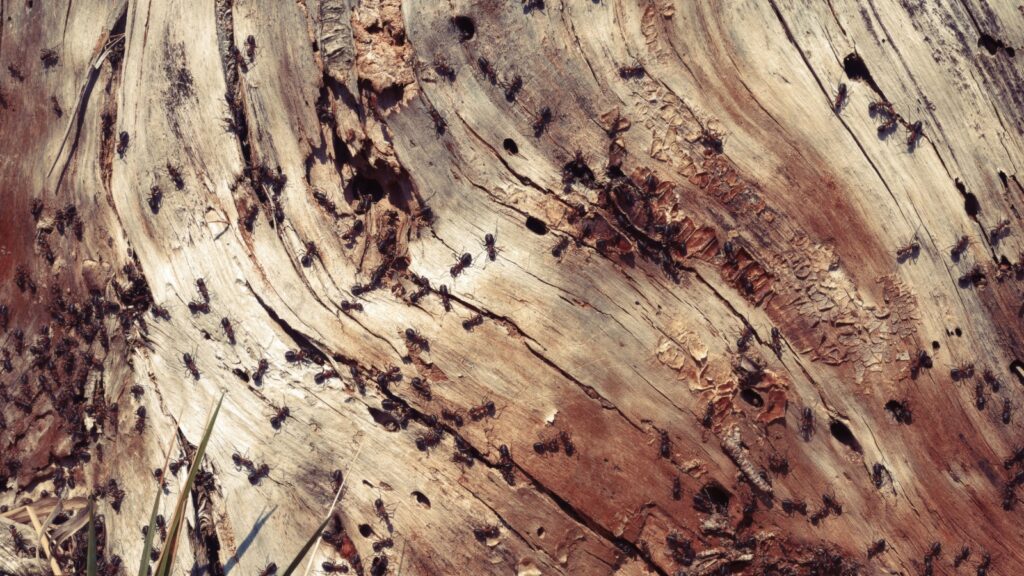
Bullet ant colonies can be quite large and long-lived. A single colony can contain up to 3,000 individual ants. The queen of the colony can live for several years, continuously laying eggs to maintain the population. This longevity allows bullet ants to establish a significant presence in their forest homes.
Unusual Social Structure
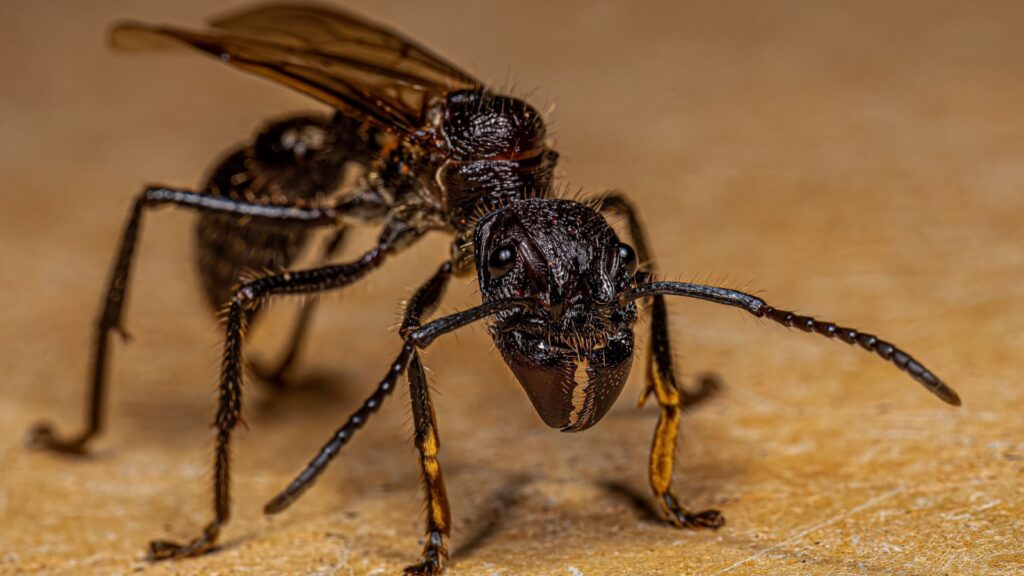
Bullet ant colonies have a unique social structure. They have multiple fertile females, known as gamergates, in addition to the queen. If the queen dies, one of these gamergates can take over egg-laying duties. This system provides a backup plan for the colony’s survival.
Natural Pest Control
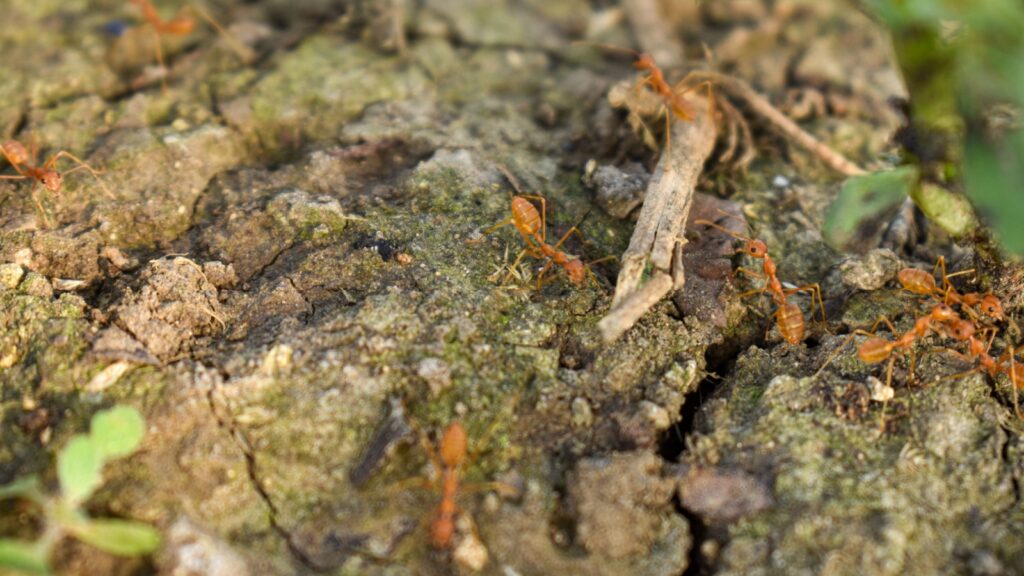
Despite their fearsome reputation, bullet ants play an important role in their ecosystem. They help control populations of other insects, preventing any one species from becoming too numerous. This natural pest control service helps maintain the delicate balance of the rainforest ecosystem.
Powerful Mandibles
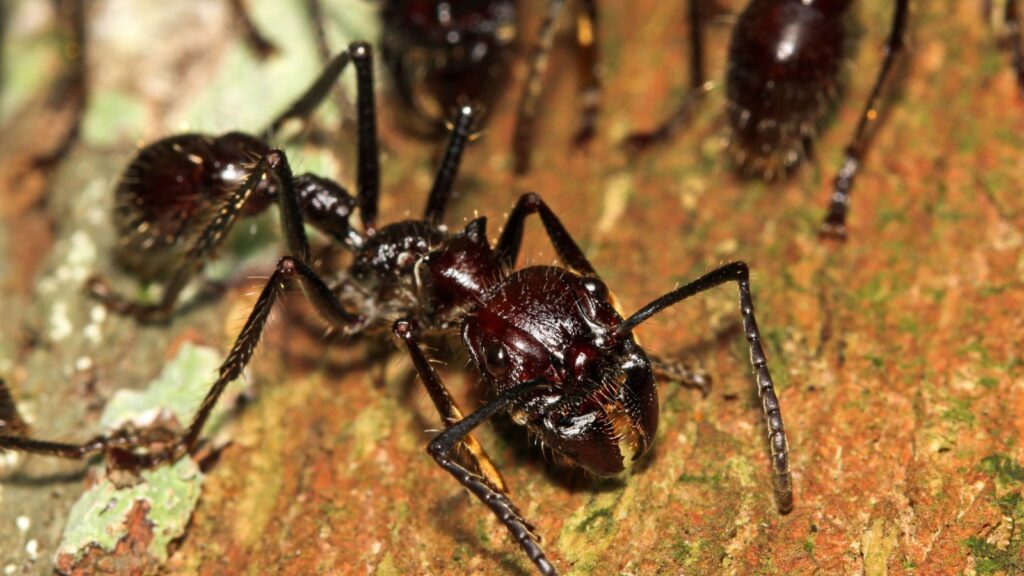
In addition to their painful sting, bullet ants have strong mandibles. These jaw-like structures are used for carrying food, building nests, and defending the colony. Their mandibles are so strong that some indigenous people have used them as emergency sutures to close wounds.
Chemical Communication
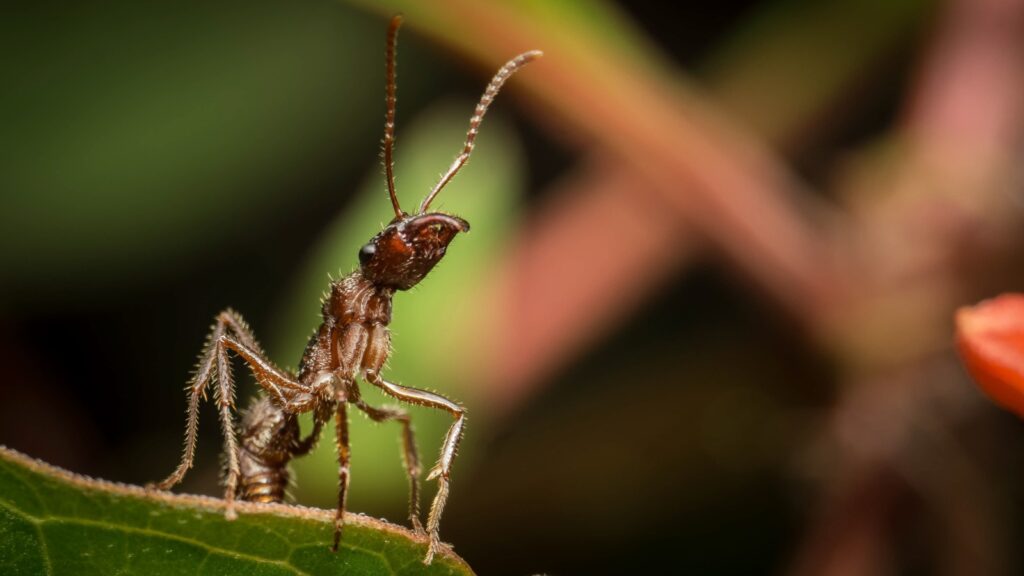
Like other ants, bullet ants use pheromones to communicate. These chemical signals help them mark trails, alert others to danger, and coordinate activities within the colony. The complexity of their chemical language is still being studied by scientists.
Climate Change Threat

Bullet ants, like many rainforest species, are threatened by climate change and deforestation. As their habitat shrinks and changes, these ants may struggle to survive. Their specific environmental needs make them particularly vulnerable to ecosystem changes.
Becky is a fervent wildlife enthusiast and pet care expert with a diploma in canine nutrition. Her love for animals stretches beyond the domestic, embracing the wild tapestry of global fauna. With over a decade of experience in animal welfare, Becky lends her expertise to OutlandishOwl through insightful articles, captivating wildlife information, and invaluable guidance on pet nutrition. Her work embodies a deep commitment to understanding the intricate lives of animals and a passion for educating others on sustaining natural habitats. Becky's hands-on conservation efforts and her knack for translating complex dietary science into practical pet feeding tips make her an indispensable voice for creatures great and small.

